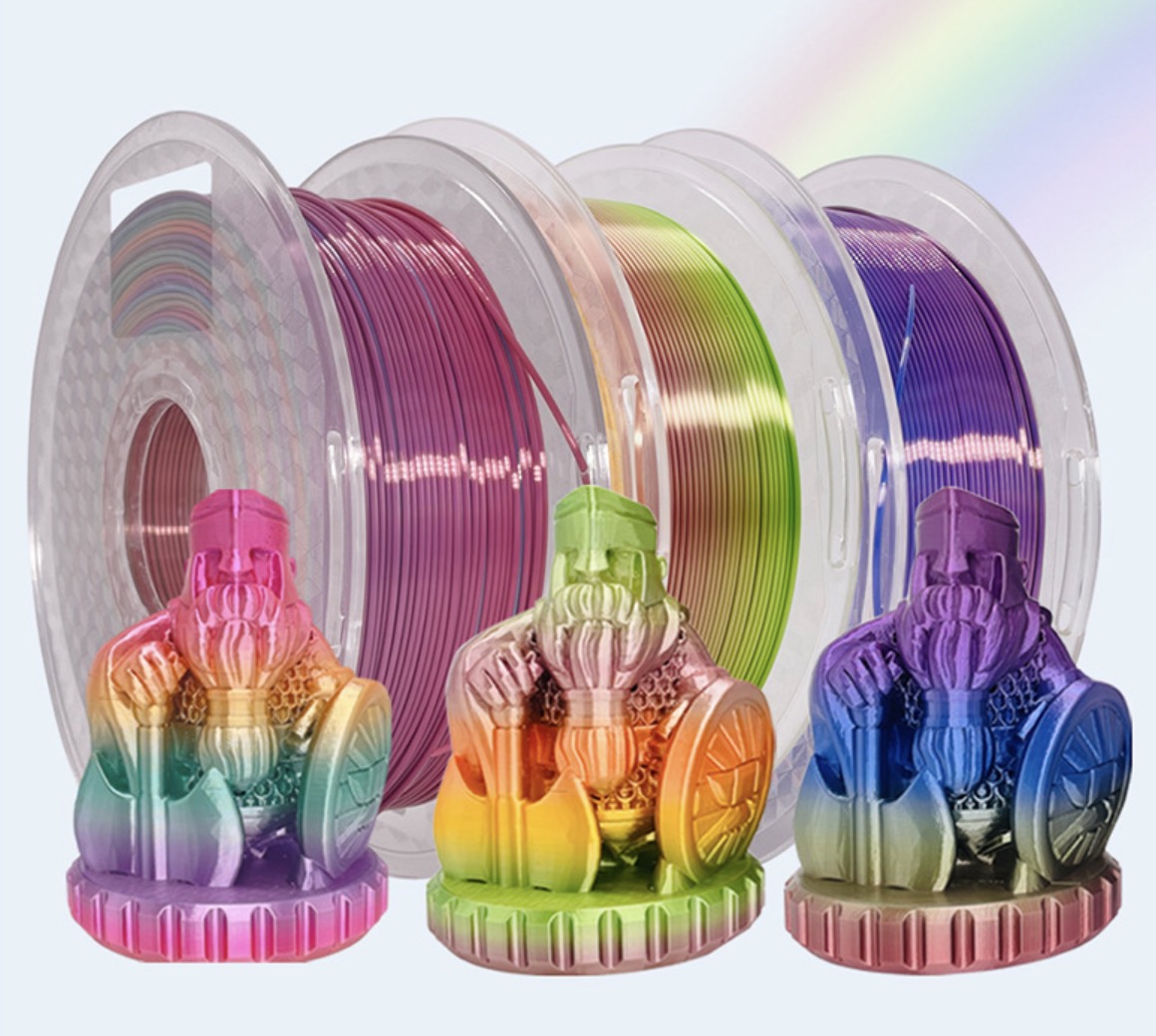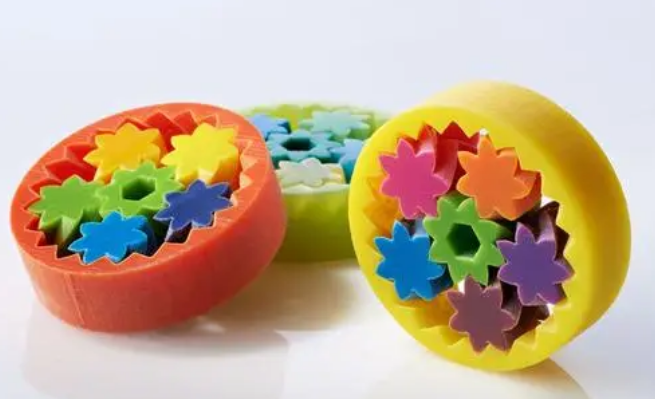Layer Height and 3D Print Resolution: What You Need to Know
Sep 08,2023 | 3D4Create
In this blog, we will delve into the world of layer height and its impact on 3D print resolution. Understanding this relationship will empower you to make informed decisions and optimize your prints for the best possible results.
Understanding Layer Height
Layer height refers to the thickness of each layer that the 3D printer deposits while building the object. It is typically measured in millimeters and plays a vital role in determining the level of detail and smoothness in the final print. Choosing the right layer height is essential to strike a balance between print quality and print time.
Factors Affecting 3D Print Resolution
Several factors influence print resolution, and here are a few key ones to consider:
-
Nozzle Diameter: The diameter of your 3D printer's nozzle directly affects the achievable print resolution. Smaller nozzles, such as 0.2mm, can produce finer details compared to larger ones.
-
Bed Leveling: Proper bed leveling ensures consistent layer adhesion and, consequently, better print resolution. An unlevel bed may lead to uneven layers and compromise print quality. Some 3D printers have the feature of auto-leveling.
-
Print Speed: The speed at which your printer moves during the printing process can impact print resolution. Slower speeds typically result in higher detail and better surface finish.

Choosing the Right Layer Height for Your Prints
The ideal layer height depends on the specific requirements of your print. Here are some general guidelines to help you choose:
-
Fine Detail Prints: If you're working on models that require intricate details, opt for smaller layer heights, such as 0.1mm or even 0.05mm, to achieve the desired level of precision.
-
Functional Prints: For functional prints that prioritize strength and time efficiency over intricate details, slightly thicker layer heights like 0.3mm or 0.4mm can be suitable.
Techniques to Improve Print Resolution
To enhance print resolution and achieve superior print quality, consider the following techniques:
-
Calibration and Fine-tuning: Calibrating your printer's settings, including extrusion multiplier and flow rate, can significantly impact print resolution. Fine-tuning these settings ensures accurate deposition of filament.
-
Experimenting with Different Layer Heights: Don't be afraid to experiment with various layer heights to find the sweet spot for your specific print. Keep track of the changes and evaluate the results to identify the optimal layer height.

Common Issues and Troubleshooting
Despite our best efforts, print issues can still occur. Two common problems that may affect print resolution are layer shift and warping.
-
Layer Shift: Layer shift happens when layers become misaligned, resulting in shifted details and compromised print quality. To mitigate this issue, ensure your printer's belts and pulleys are properly tightened.
-
Warping: Warping occurs when the printed object curls or lifts from the print bed during cooling. To avoid warping, use a heated bed, add a brim or raft for better adhesion, and minimize temperature fluctuations.
Conclusion
Layer height is a critical factor in achieving high-quality 3D prints with excellent resolution. By understanding the relationship between layer height and print resolution, considering various factors influencing resolution, choosing appropriate layer heights, and implementing optimization techniques, you can elevate your printing game to new heights.
FAQS:
1. Is layer height the same as resolution in 3D printing?
Layer height and resolution in 3D printing are related but not exactly the same. Layer height refers to the thickness of each printed layer, while resolution refers to the level of detail and precision in the final print. Layer height is a factor that affects print resolution, but other factors such as nozzle diameter and print speed also play a role.
2. What should my layer height be for 3D printing?
The ideal layer height for 3D printing depends on the specific requirements of your print. If you need fine details, a smaller layer height like 0.1mm or even 0.05mm may be suitable. For functional prints that prioritize strength and time efficiency over intricate details, slightly thicker layer heights like 0.3mm or 0.4mm can be used.
3. Does layer height affect print quality?
Yes, layer height directly influences print quality in 3D printing. Smaller layer heights generally result in higher print resolution and finer details. However, using smaller layer heights usually increases print time. It's important to find a balance between layer height and print time based on the desired level of detail and efficiency.
See Also:
Getting the Best Results: Optimal 3D Printing Temperatures for PLA, ABS, PETG, TPU, Nylon
PLA, ABS, Nylon & PETG Shrinkage & Compensation: Essential Facts
3D Print with ABS: 5 Tips for Perfect Prints


